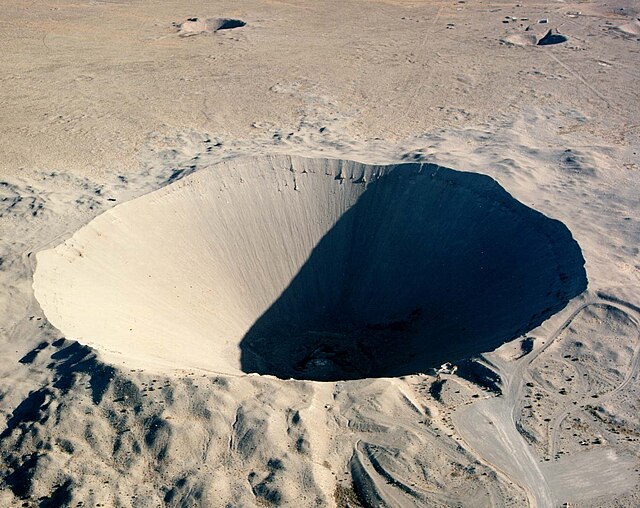
Several proposals for peaceful nuclear explosions (PNEs) were put forward primarily under the U.S. Project Plowshare and the Soviet equivalent, Nuclear Explosions for the National Economy. Key proposals included:
Excavation Projects: One prominent proposal involved using nuclear explosions to construct a new sea-level canal through Nicaragua, referred to as the Pan-Atomic Canal. Similarly, there were ideas to widen the Panama Canal using nuclear blasts for more efficient shipping routes, considering the growing international shipping demands[1][3][5].
Project Chariot: This was an ambitious plan to create an artificial harbor at Cape Thompson, Alaska, using several nuclear detonations. The project aimed to excavate a channel and a turning basin through the use of large hydrogen bombs, but it was ultimately halted due to environmental concerns and the lack of a practical justification for the harbor[3][9].
Transportation Infrastructure: Another proposal, known as Project Carryall, intended to utilize nuclear explosions to excavate a path through the Bristol Mountains in Southern California for the construction of Interstate 40 and a new railway line, showcasing a potential application for highway and railroad development[1][3].
Natural Resource Extraction: In the context of natural gas stimulation, there were proposals to use nuclear blasts to extract gas from tight formations, as seen in Project Gasbuggy, which aimed to enhance natural gas production. There were also plans for similar tests in Rulison and Rio Blanco, which sought to demonstrate the feasibility of using nuclear detonations for stimulating gas production[1][2][5][9].
Scientific Exploration and Research: PNEs were also proposed for various scientific purposes, such as studying geological formations and probing Earth's deep crust. Notable experiments included Project Gnome, which aimed to explore the feasibility of generating heat and power from underground nuclear detonations[1][5].
Despite the initial enthusiasm for these ideas, public opposition, environmental concerns, and the detrimental effects of radiation from tests led to the program's decline, culminating in the official termination of Project Plowshare in 1977 after numerous tests and significant expenditure[2][3][7][9].
Get more accurate answers with Super Pandi, upload files, personalized discovery feed, save searches and contribute to the PandiPedia.
Let's look at alternatives:
- Modify the query.
- Start a new thread.
- Remove sources (if manually added).